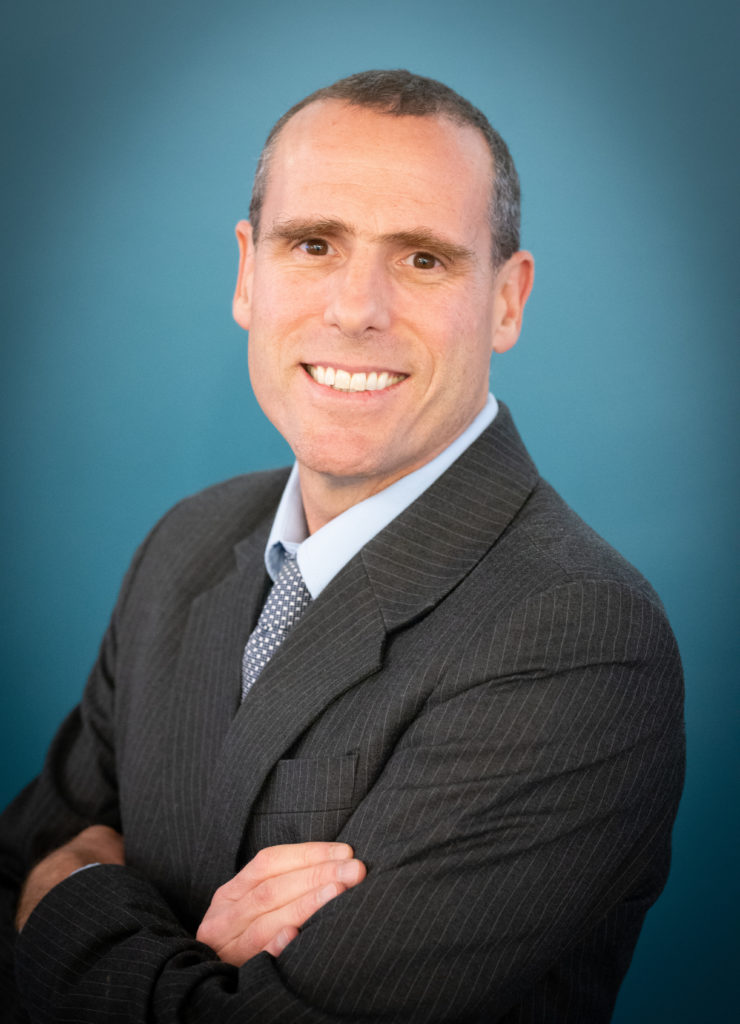As the baby boomers age the country’s need for elder care is growing at an unsustainable rate. Be it visiting caregivers, assisted or independent living, or skilled nursing, current projects are that there will not be adequate capacity. Additionally, the cost of elder care is increasing exponentially with long-term care insurance out of reach for most Americans. Finally, there is a crisis of quality in the elder care industry, one that is only going to get worse as corporations seek to capitalize on increasing numbers, caregivers become more difficult to hire, and families are expected to pay for services not covered by Medicare. The result of these factors will be a crisis of inadequate supply and quality of services and an increased burden on the families to provide care and foot the bill. Adult
One mechanism that will dampen the crisis is adult family homes. They are scalable to accommodate the growing demand, they are able to keep costs low because the business model does not account for corporate overhead and corporate profits, and most importantly they have an inherent advantage when it comes to quality by keeping the residents in an intimate home-like atmosphere with more staff to care for them.
Adult family homes are converted residential homes within residential neighborhoods accommodating a limited number of residents who are unable to live independently. In most states, these homes, which are regulated and licensed, are limited to 6 or 8 residents. The typical business model of these homes are family businesses, where the owner-operators run the business, act as a caregiver along with other supporting staff, and often live in the home with their families.
Large, corporate eldercare facilities will never be able to compete with the quality of an adult family home for several reasons. First, while the model of adult family homes is profitable as a business, it is not subject to the profiteering and capital extraction techniques that are common in corporate healthcare. Staffing is another major advantage of adult-family homes. With fewer residents, staffing ratios can never exceed 6 or 8 residents to one caregiver, compare this to the 22 residents to one caregiver seen in some large facilities. Additionally, the small numbers mean consistency of care; caregivers know their residents, and they are not working with different residents every day as they often are in large facilities. This means they develop relationships with their charges allowing for friendship and a loving atmosphere. Moreover, providing a residence in a neighborhood, in a home environment consistent with where they have spent their whole lives is for many far superiors to the hotel or institutional atmosphere of large senior care faculties. Lastly, low rates of COVID infections in adult family homes compared to larger facilities highlighted the safety benefits of smaller facilities when it comes to health risks.
Eldercare is going to change drastically in the coming years. Adult family homes offer one way in which we can meet some of the upcoming needs while at the same time improving the quality of the services and environment for our seniors.
ABOUT DR. STEPHEN MORRIS
Dr. Stephen Morris is academic emergency medicine and public health specialist with a focus on health systems development, and co-author of the book Senior Care by Design. He serves as the Vice President of Healthcare with AFH Senior Care, one of the leading nursing home facilities in Washington State. Dr. Morris oversees all healthcare and clinical medical aspects of AFH Senior Care, including caregiver training, clinical oversight, policy development, and acting as the liaison for governments and governing bodies.
Dr. Morris’s experience also includes extensive writing including 38 published works including book chapters, educational materials, and 25 peer-reviewed publications. He has also authored countless reports, policy briefs, and white papers. Dr. Morris is often involved in media and public relations including television, radio, and social media with organizations as diverse as the local news to the New York Times, Associated Press, NPR, and 60 Minutes.
